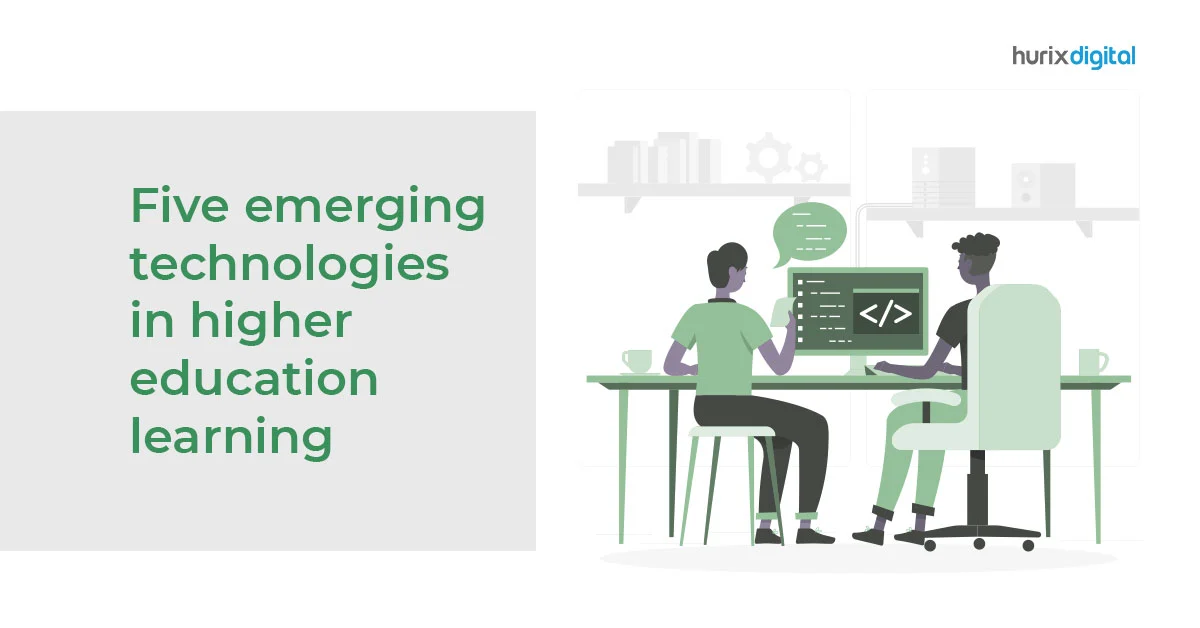
Challenges and Best Practice in LMS for Virtual Classroom Training
Keeping in step with the advancements in technology, more and more organizations across the globe are adopting learning management systems (LMS) to supplement their learning and training requirements. Compared to traditional classrooms, an LMS offers several advantages as learning is not restricted to a classroom lecture, which may or may not be followed by all learners in the group at the same pace, given their different learning abilities and capacities to retain and recall.
An LMS, on the other hand, breaks down larger learning goals in modules, and more recently, in microlearning nuggets, enabling the learners to learn at their own pace, allowing them to revisit concepts till they gain mastery, and also practice the concepts in a virtual environment before putting them to use in the real-world situations. However, with this said, is it all rosy with the LMS or are there some challenges associated with the use of LMS in the virtual classroom?
In this article, we discuss both the challenges and best practices in LMS in virtual classroom training.
Table of Contents:
Traditional to Virtual Shift Challenges
The process of evolution takes place one step at a time and keeping that in mind, there cannot be a pendulum shift from traditional to virtual without going through the painstaking process of overcoming obstacles along the way.
1. The challenge of adaptability
One such obstacle is the fact that people are used to human interaction during the teaching-learning interaction, and while instructors can be present to guide learning with the LMS, the focus is more on technology and the learner. Students who are used to face-to-face instructors may take time to adapt to computer-based learning in virtual classroom settings.
2. Low comfort level with technology
Then again, while the millennial generation is more tech-savvy, this cannot hold good across the board. There are many learners who are not very comfortable with technology, and even though the LMS may be user-friendly and simple to use, it could be a problem to adapt to it by people who are not familiar with applications such as Word, Excel, PowerPoint etc.
3. Slow Internet connection
A major advantage of LMS is that it enables learning while on the move or in the comfort of a learner’s own space. However, even with the increasing penetration of the Internet, there are many people who do not have access to the Internet and even if they have, they may not get the speed they would perhaps get while in their office or institute. This would make access to the LMS difficult and also make it difficult to download or upload files.
4. Low level of motivation
Finally, there is the question of motivation in self-learning. In a traditional classroom, peer interaction ensures the element of competition and to pressure to keep going and perform well; however, in case of self-learning in virtual classrooms through an LMS, people tend to get demotivated, resulting in lower levels of performance or in some cases, opting out of courses altogether.
Best Practices In LMS Implementation
Keeping abreast with the constantly changing technological landscape, the LMS too is evolving to address challenges faced by learners and make the learning experience all the more fulfilling and rewarding.
1. Blended learning
To offset the problem of face-to-face interaction, organizations are now following the concept of blended learning, that is, bringing together the best of traditional and online learning practices. An instructor is present in the virtual classroom settings in the office or institutions to guide the students, initiate discussions, and provide a more interactive experience.
2. Offline learning
To address the problems of Internet speed, LMS now provide best practices for both online and offline learning, enabling students to download course material files or make them available when they don’t have access to the Internet.
3. Video/Games/Immersive Learning
In a fast-paced world, where the attention span is waning given the number of distractions, it is easy for a virtual learner to be distracted. LMS developers are increasingly focusing on making the learner experience more engaging by incorporating multi-media formats including audio/video, game-based learning, discussion forums, and more, which can be accessed across various platforms including smartphones and tablets.
4. Microlearning
Besides, the focus is now more on microlearning which means creating mini bites of content that though small in size, is concise, complete and is easy to digest and assimilate. End-learners can become demotivated in virtual classroom settings; however, learning, grasping and being able to put a concept learnt to practice is itself a powerful motivator to explore further.
More and more corporate organizations are breaking away from classrooms to anytime anywhere learning for their employees and meet their training needs.
We, at Hurix Digital, offer LMS solutions that are affordable and agile, resulting in less expenditure and quick turnaround time for organizations. Formal or informal training, we customize our LMS solution for YOUR Industry, YOUR employees skills, YOUR company size & scale and YOUR language. Talk to us to know more.

Vice President & SBU Head –
Delivery at Hurix Technology, based in Mumbai. With extensive experience leading delivery and technology teams, he excels at scaling operations, optimizing workflows, and ensuring top-tier service quality. Ravi drives cross-functional collaboration to deliver robust digital learning solutions and client satisfaction








